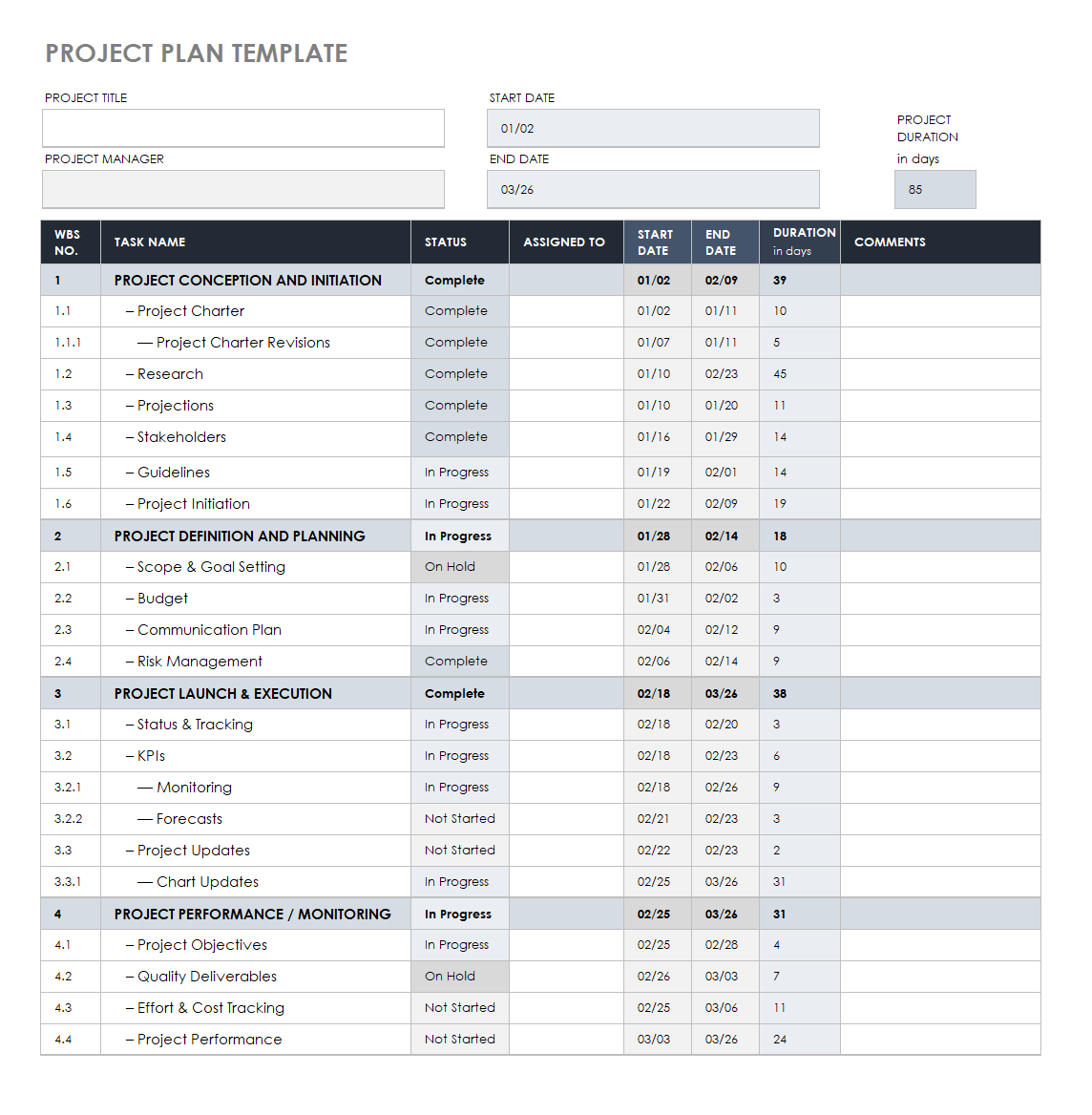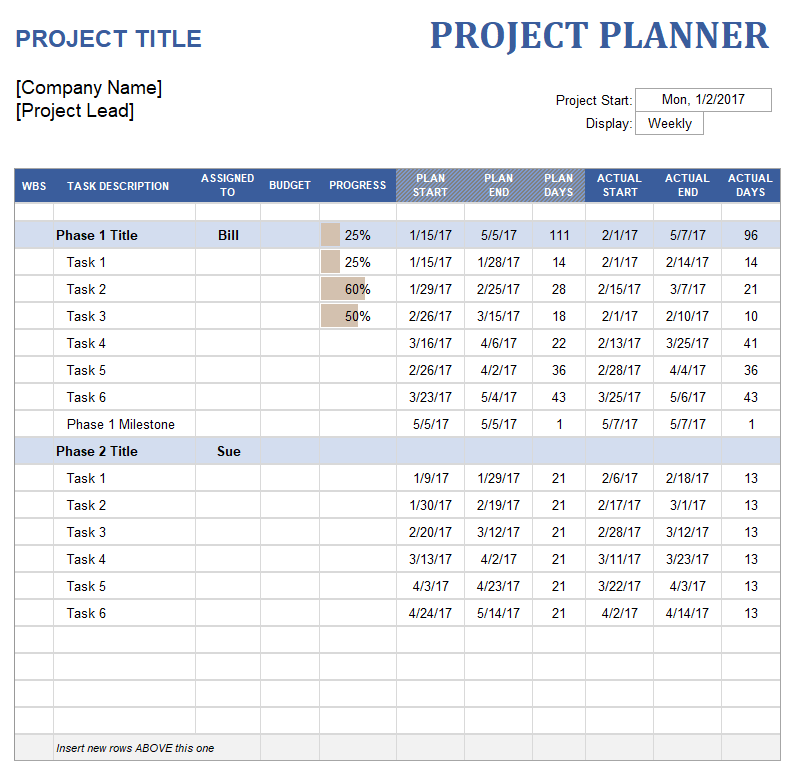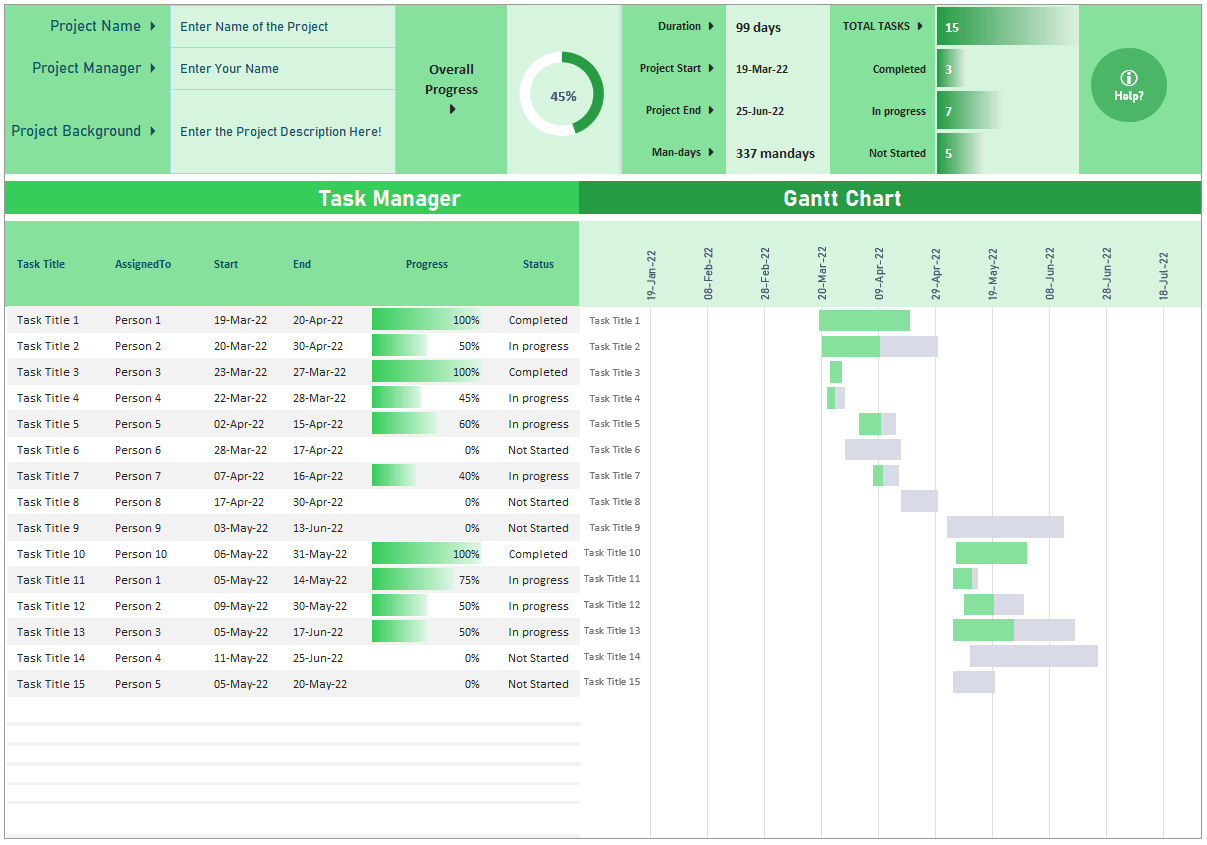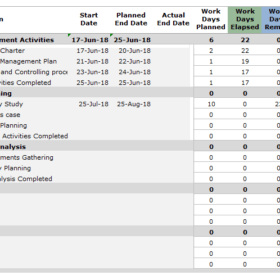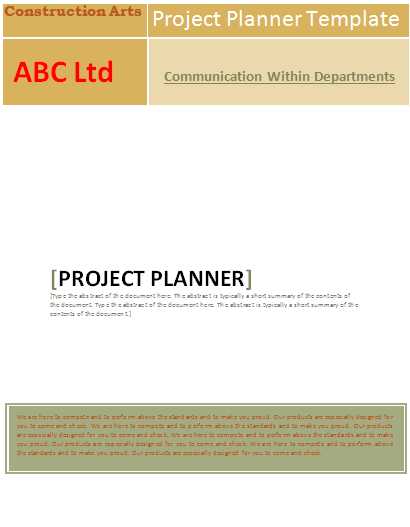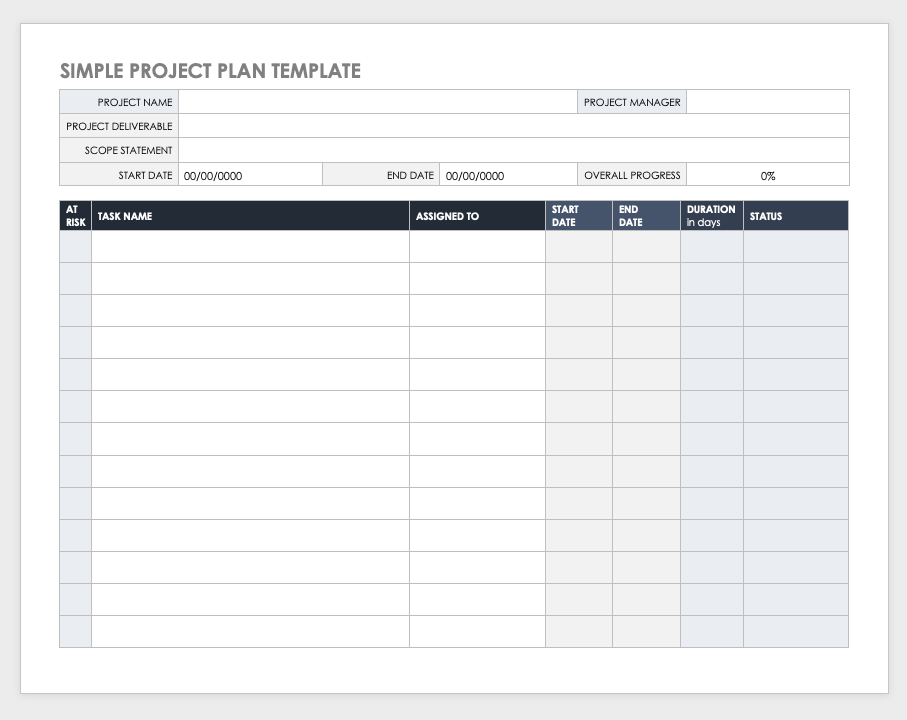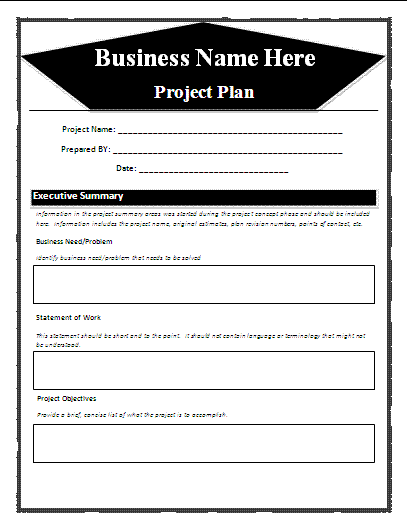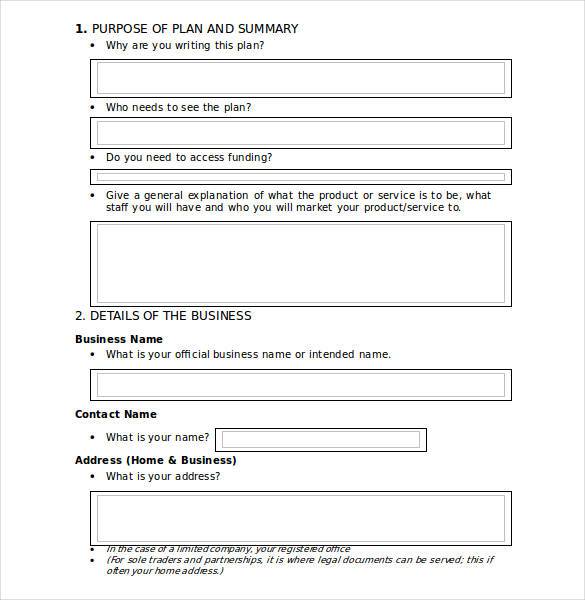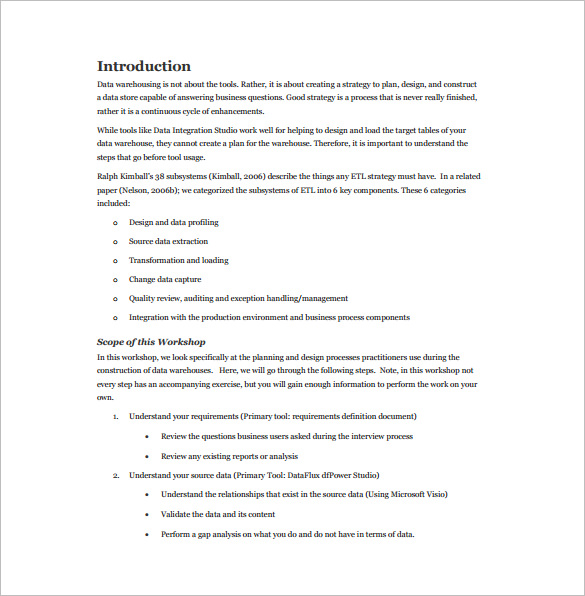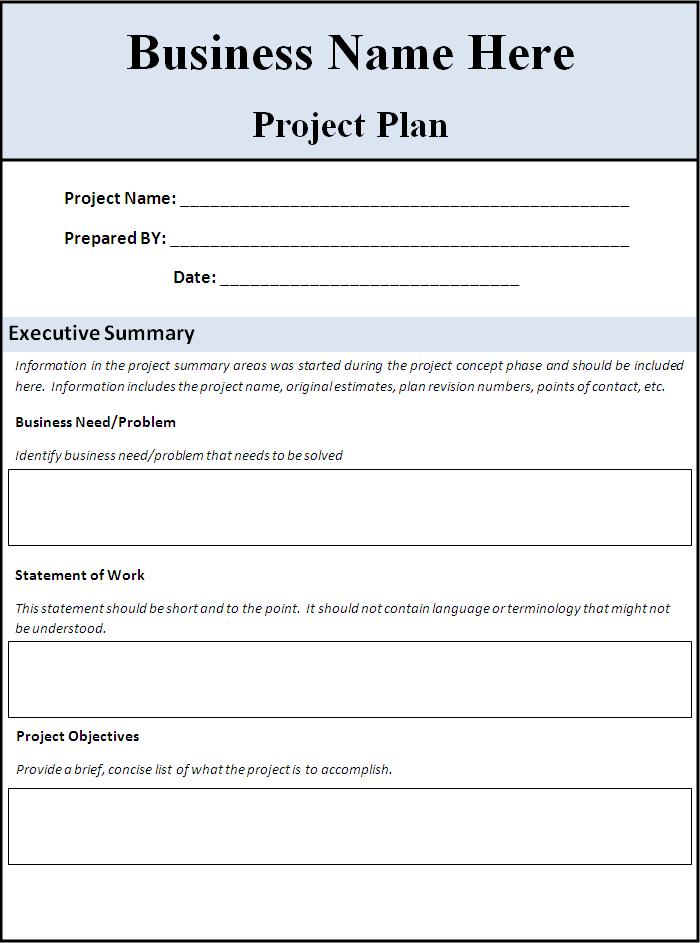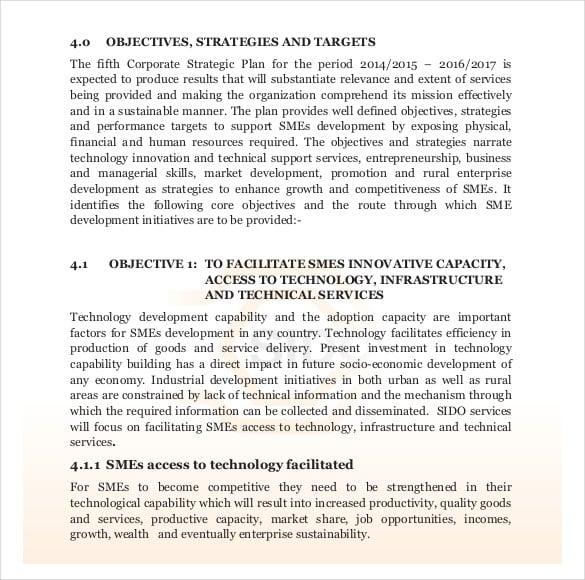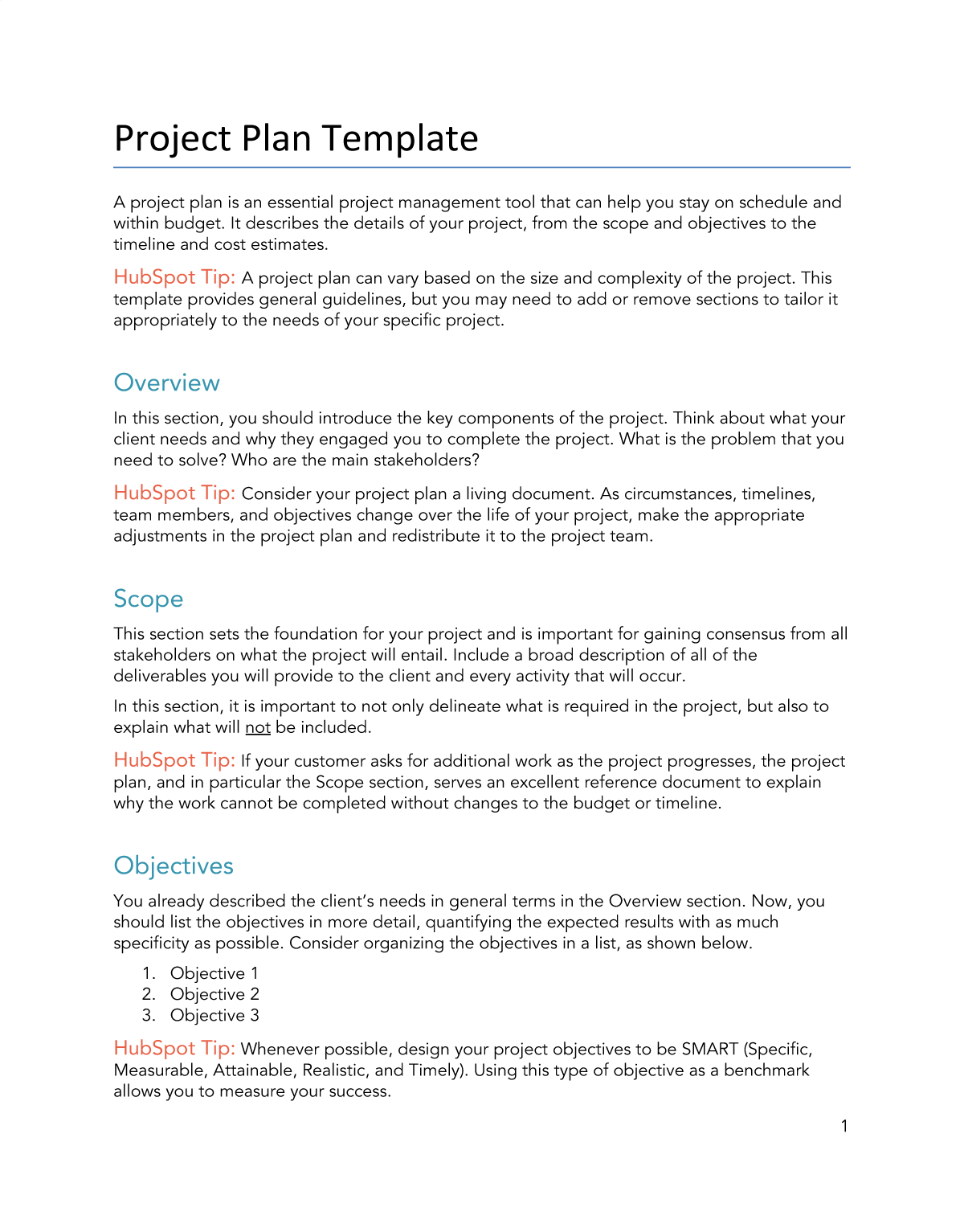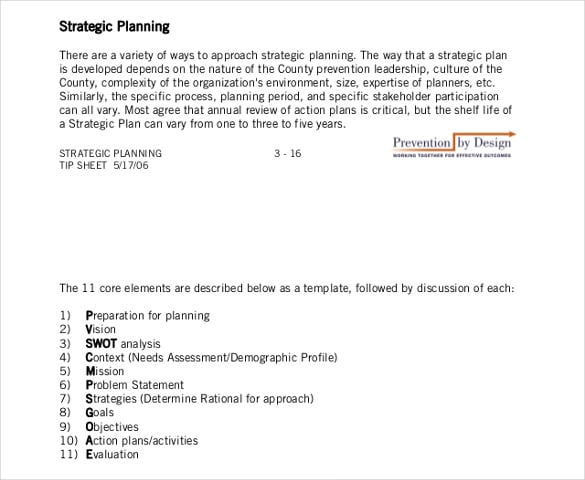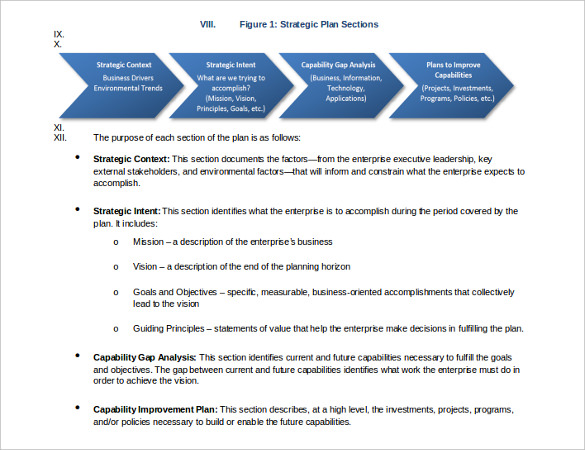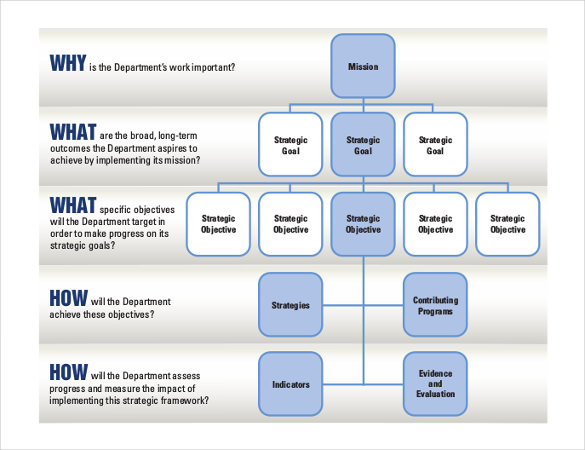A project plan template, in simpler terms, is a composed report intended to characterize and execute a project with optimal efficiency. The success of any project relies on the effective generation of a project planning and execution. A comprehensive project plan is one that clearly highlights the target and how it can be achieved through accurate execution. A solitary project may have diverse project planning formats relying on the possibilities that the venture could face. During the initial days of a project, a company anticipates essential issues such as minor issues as compared to those issues which they might face as anticipated. Moreover, the biggest challenge remains the same as how to illuminate those issues without losing the primary target of the venture. The project plan template also tends to be a correspondence tool for ensuring key accomplices share an understanding of the business or the project to be precise.
Elements of a Project Plan:
A project plan consists of some crucial elements like, the life of the project, available resources, human resource requirements, allocated budget, and the deadline. The primary objective of this plan is to define an action plan that elaborates exactly the job responsibilities of each employee working on the project. Moreover, this approach must be conveyed to every manager in order to set a deadline for completing this project. Similarly, during the execution phase, every employee should be informed about the progress and issues. This will help employees to understand how much work they have done and how much further work is required.
The project plan must be undertaken by the senior management of the organization by signing it. Apart from this, it should also include an additional section for any kind of comments about the project briefs. It is preferred that a brief introduction to the project can be included at the start of the project timeline. Any changes that are required to be made in the project plan must be informed and approved by the project supervisor. At the bottom of this plan, there should be space for the signature of the authorities of the organization like CEO, CFO and secretary.
Advantages of a Project Plan:
A project plan is used to set the deadlines for the tasks that are needed to be finished for the completion of a project. Companies, large or small, keep on doing projects and for the successful completion of these projects a planned timeline must be generated for the whole project. Moreover, project plan templates are generally made by professional analysts that are in charge of managing and monitoring the project going on. Project plans are generated at the start of the year when new projects are undertaken and project timelines are included as part of the project plans.
The idea of using a project plan is to organize all aspects of management, which will ease the process of employee monitoring and project evaluation. By organizing all steps in a systematic way, the management can stay focused on resource utilization and employee performance evolution. Going further, the way a project is executed can also attract new investors, which can help strengthen the financial position of the organization. Furthermore, it gives detailed insights into the amount of money being spent on a project along with details about expenses made. Each project is analyzed ahead in detail and an expected estimation of costs is apportioned to the tasks, the details of which are also added to the project budget format.
Importance of a Project Plan:
By drafting a project plan, it gets easier to overview the capacity of a project. Precisely, it includes all the necessary elements that require the attention of the management, if they wish to complete the project successfully. Remember that the management can view this plan from different points of views to analyze its current status and progress. Once the project is completed, then this plan can be used as a reference for coming projects.
